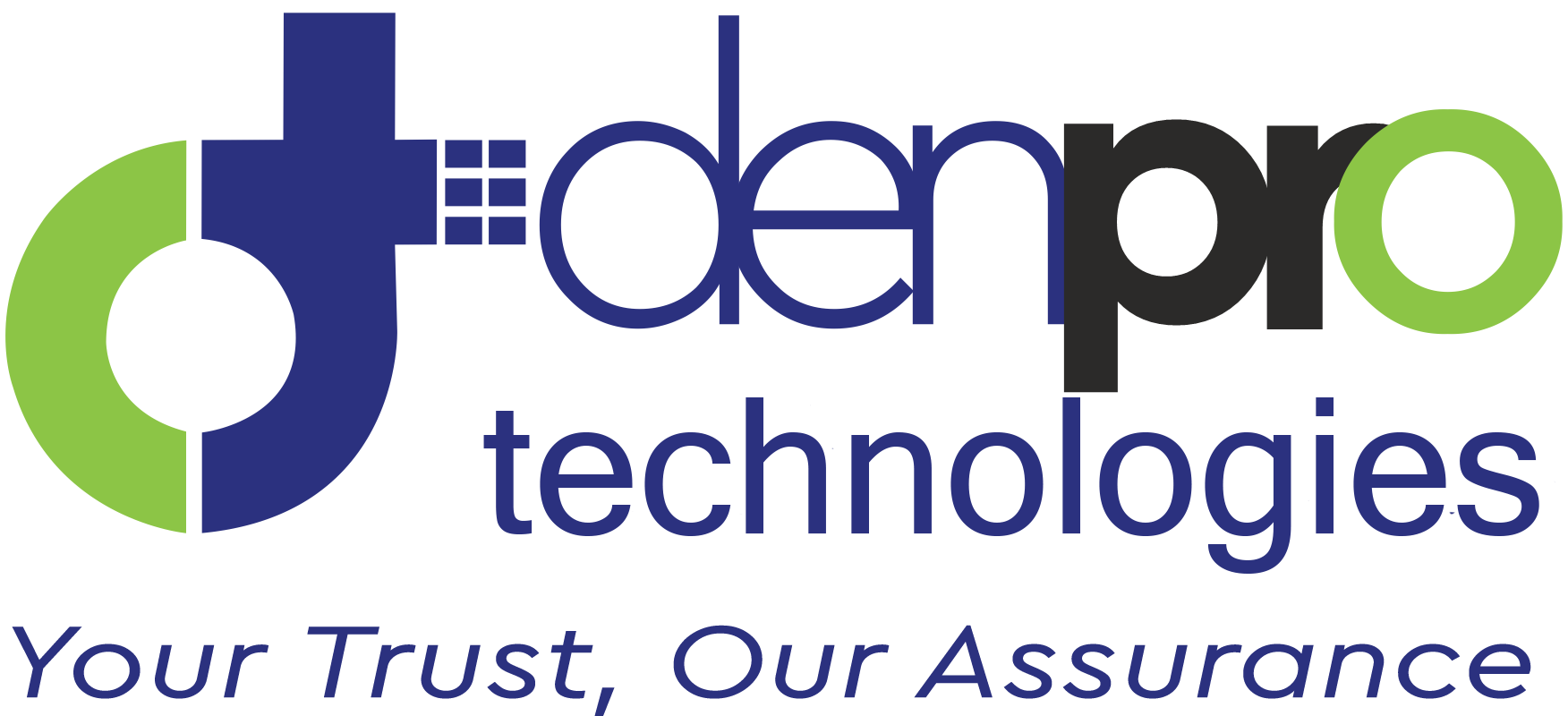SAP ECC or SAP S/4HANA: Choosing the Right ERP for Your Digital Transformation Journey:

SAP, a multinational German corporation established in 1972, is renowned for its expertise in enterprise resource planning (ERP) software. With global revenue surpassing €27 billion and a staggering number of over 240 million cloud subscribers, SAP has become a dominant player in the industry.
ERP software developed by SAP optimizes efficiency and enhances customer experience across various business functions. From finance, inventory, and asset management to sales, HR, marketing, and product development, SAP’s ERP solutions empower organizations to streamline their operations and achieve their business goals.
In 2015, SAP introduced its flagship ERP software, SAP S/4HANA, representing a significant advancement over its predecessor, SAP ECC. However, despite the introduction of SAP S/4HANA, numerous businesses continue to rely on SAP ECC. It is crucial to note that SAP will discontinue its maintenance and support for SAP ECC by 2027, compelling companies to migrate to SAP S/4HANA. Therefore, it is essential to understand the key differences between these two systems before embarking on the migration journey.
By comprehending the disparities between SAP ECC and SAP S/4HANA, businesses can adequately prepare for the transition and leverage the new functionalities and features offered by the latest ERP solution. In the following sections, we will delve into the detailed comparison between SAP ECC and SAP S/4HANA, enabling you to make an informed decision for your organization’s future.
What is SAP ECC?
SAP ERP Central Component is also known as SAP ECC. Due to its modular design, SAP ECC is very customizable. From finance to human resources to logistics, SAP ECC may be tailored to your needs in every aspect of your business. Additionally, SAP ECC supports bespoke or third-party applications like business messaging apps.
Due to the numerous relationships between its components, SAP ECC is both versatile and complex. Changes in one area have an impact on how other areas operate. In order to avoid interfering with crucial business operations, you must carefully plan modifications like upgrades and additions. The transition of your systems to SAP S/4HANA also falls under this.
What is SAP S/4HANA?
SAP S/4HANA is the next-generation ERP (Enterprise Resource Planning) software offered by SAP. It represents a significant advancement over its predecessor, SAP ECC. The “S” in S/4HANA stands for Simple, as SAP S/4HANA aims to simplify business processes and enable real-time data processing and analytics.
One of the key differentiators of SAP S/4HANA is its underlying architecture, which is built on the SAP HANA in-memory computing platform. This enables rapid data processing and analysis, providing businesses with real-time insights and the ability to make informed decisions quickly.
SAP S/4HANA also introduces a modern and intuitive user interface called SAP Fiori. It offers a user-friendly and personalized experience across devices, enhancing user productivity and engagement.
What Differences SAP S/4HANA from SAP ECC?
- Architecture: SAP S/4HANA is built on the SAP HANA in-memory computing platform, whereas SAP ECC is based on a traditional, three-tier architecture. This difference allows SAP S/4HANA to deliver real-time processing, faster analytics, and immediate access to data.
- Data Model: SAP S/4HANA introduces a simplified data model compared to the complex and fragmented structure of SAP ECC. It eliminates redundant tables, aggregates, and indexes, resulting in improved performance and streamlined data management.
- User Experience: SAP S/4HANA offers a modern and intuitive user experience through the SAP Fiori interface. Fiori provides a role-based, personalized, and responsive design, making it easier for users to navigate and interact with the system. SAP ECC primarily relies on the transaction-based SAP GUI.
- Reporting and Analytics: SAP S/4HANA enables real-time analytics and reporting directly on live transactional data. It includes embedded analytics, advanced data visualization, and predictive analytics capabilities. In contrast, SAP ECC often requires separate reporting tools like SAP Business Warehouse or SAP Business Objects for advanced analytics.
- Industry-Specific Functionality: SAP S/4HANA incorporates industry-specific functionalities directly into the core system, reducing the reliance on add-ons. This enables organizations to leverage industry-specific best practices and processes from the start. SAP ECC often requires additional add-on modules to meet industry-specific requirements.
New Features in SAP S/4HANA
- SAP Fiori User Experience: SAP S/4HANA introduces the SAP Fiori user interface, which offers a modern and intuitive user experience across devices. Fiori provides role-based dashboards, personalized workspaces, and responsive design, making it easier for users to navigate and interact with the system.
- Smart Business Cockpits: SAP S/4HANA includes Smart Business cockpits, which provide users with real-time insights and KPIs relevant to their roles. These pre-configured analytical dashboards offer a consolidated view of business data, enabling users to monitor key metrics and make informed decisions.
- Advanced Search Capabilities: SAP S/4HANA introduces advanced search capabilities through SAP Fiori. Users can quickly search for specific business objects, transactions, or information using natural language processing and predictive search, improving efficiency and reducing time spent on navigation.
- Real-time Analytics and Reporting: With the in-memory computing capabilities of SAP HANA, SAP S/4HANA delivers real-time analytics and reporting directly on live transactional data. Users can generate on-the-fly reports, create interactive visualizations, and perform ad-hoc analysis, gaining immediate insights for decision-making.
- Personalized Workflows and Notifications: SAP S/4HANA enables users to define personalized workflows and receive notifications based on their roles and responsibilities. This feature enhances collaboration and enables users to stay informed about critical business events, approvals, or tasks that require their attention.
The benefits of Switching to SAP S/4HANA
Improved efficiency was cited as the top benefit of SAP S/4HANA in 2021 by 72% of organizations, followed by increased satisfaction (61%). Moving to SAP S/4HANA has additional advantages, including:
- improved compatibility with other SAP products.
- Lower expenses, such as lower ownership and operating expenses.
- Simplified data models result in a smaller database footprint.
- Automated procedures increase output and effectiveness.
- quicker and wiser decision-making.
- increased earnings overall.
